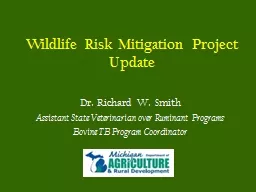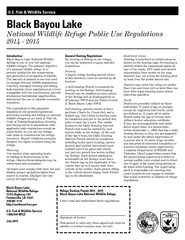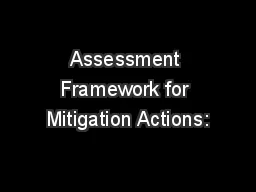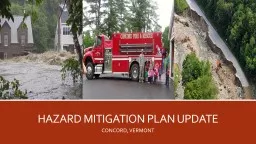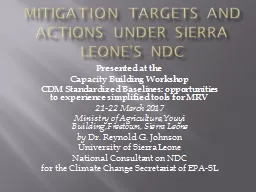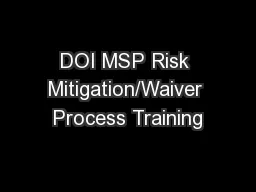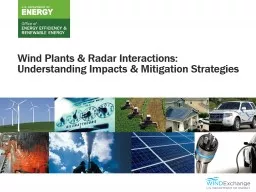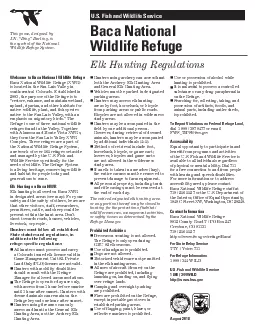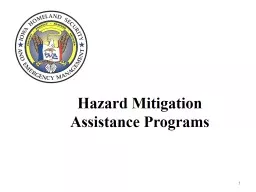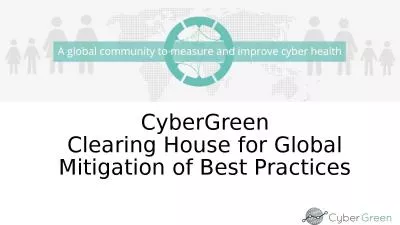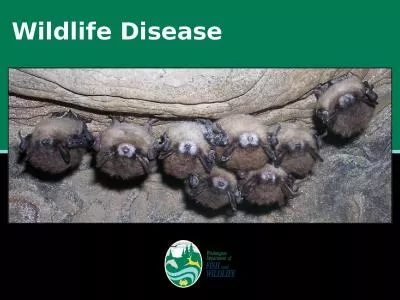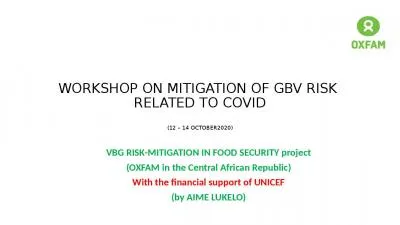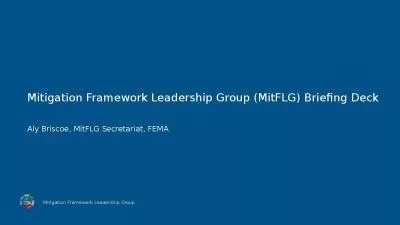PPT-Wildlife Risk Mitigation Project
Author : lois-ondreau | Published Date : 2016-06-01
Update Dr Richard W Smith Assistant State Veterinarian over Ruminant Programs Bovine TB Program Coordinator Wildlife Risk Mitigation Project Goal To work with approximately
Presentation Embed Code
Download Presentation
Download Presentation The PPT/PDF document "Wildlife Risk Mitigation Project" is the property of its rightful owner. Permission is granted to download and print the materials on this website for personal, non-commercial use only, and to display it on your personal computer provided you do not modify the materials and that you retain all copyright notices contained in the materials. By downloading content from our website, you accept the terms of this agreement.
Wildlife Risk Mitigation Project: Transcript
Download Rules Of Document
"Wildlife Risk Mitigation Project"The content belongs to its owner. You may download and print it for personal use, without modification, and keep all copyright notices. By downloading, you agree to these terms.
Related Documents

